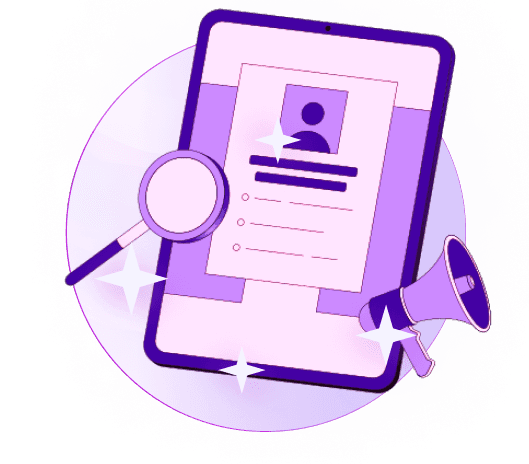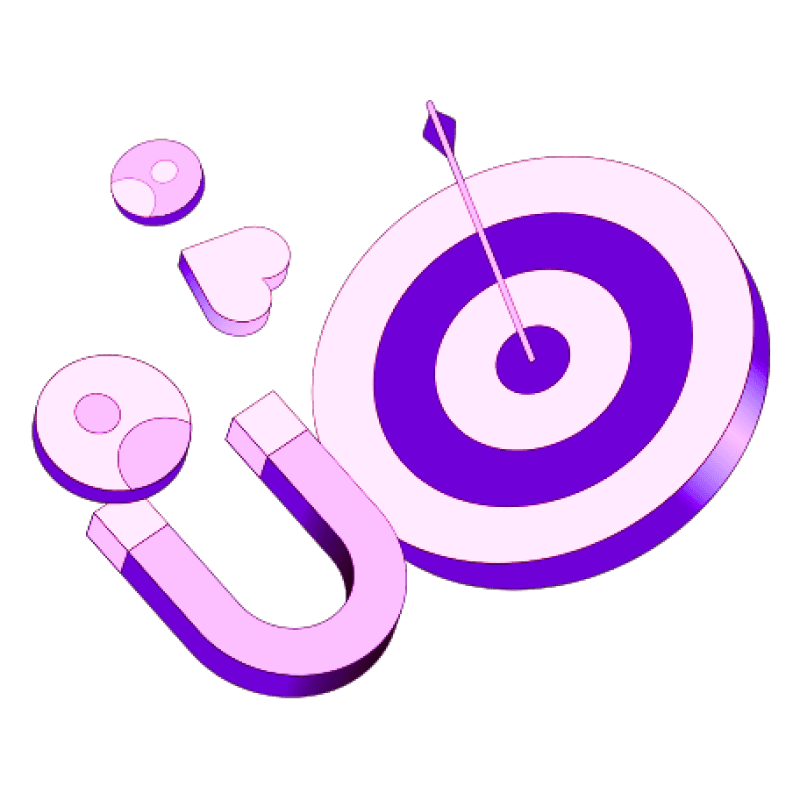Blogs
Articles

What is a Sales Bundle?
Sales bundles help businesses deliver better customer value and improve their profits. A sales bundle packages multiple products or services together at a reduced price compared to individual purchases. This approach has become popular because customers get a special experience filled with value.
Bundle pricing creates a win-win situation for everyone involved. Customers receive value-packed deals, save money and make buying decisions easily. Companies that use bundle selling can boost their revenue through higher order values. The strategy helps move extra inventory and builds customer loyalty with customized packages.
Let's get into what sales bundles really mean, why they work so well, and how you can create successful bundles. You'll see real-life examples and learn about the benefits your business can expect from this strategy.
What is a Sales Bundle?
Sales bundles package multiple products or services together at a single price point. These bundles differ from individual sales by offering a complete solution that meets related customer needs in one purchase. Recent Forrester research shows that bundling approaches like upselling and cross-selling make up about 10-30% of eCommerce revenues.
Companies use several distinct bundling approaches. Pure bundling packages items that customers can only buy together—Microsoft's Office 365 software suite serves as a prime example. Mixed bundling lets customers choose between buying items separately or as a discounted package, similar to Kylie Cosmetics' lip kits that pair matching lip liner and lipstick.
Price bundling gives customers savings compared to buying products individually. Cross-sell bundling suggests related items that work well together, like Amazon's smart algorithms that recommend complementary products based on what you've bought before. Upsell bundling encourages customers to upgrade their purchases. A simple makeup brush could turn into a complete set with cleaning solution and travel case.
Why Sales Bundles Work for Businesses and Customers?
Bundle selling creates wins for both businesses and consumers. The mutual benefits explain why companies of all types continue to embrace this pricing strategy.
Increased perceived value
Bundling has a powerful effect on customer psychology. Customers who see multiple products packaged together at a discount feel they're getting better value. People love deals so much that they buy bundles even if they didn't plan to get all the items. The feeling of "getting more but paying less" drives their buying decisions. Research from Yale Insights shows that bundling can boost profits by 21% because it makes customers buy more.
Boost in average order value
Sales bundles help businesses increase their average order value (AOV) substantially. Companies find it easier to sell when they bundle related products because customers quickly see the benefits. They spend less to convert sales while moving the same number of products. The results speak for themselves - some businesses have seen their AOV jump by up to 30%. Brands like Coconu reported a 20% higher AOV after adding bundles, while Maev saw their AOV grow by 15% and units per sale increase by 20%.
Simplified buying experience
Too many choices can paralyze customers—experts call this Hick's Law. Bundles that combine pre-selected products help reduce decision fatigue and mental strain. Customers feel more confident in their choices when bundles solve specific problems. The buying process becomes smoother and customers make decisions faster.
Inventory clearance and upselling
Bundles give businesses a smart way to manage inventory. Companies can move slow-selling items by pairing them with popular products. This strategy saves warehouse space and cuts waste from unsold goods. Bundles also make it natural to cross-sell and upsell because customers discover products they might have missed otherwise. Smart product combinations help businesses showcase their full product range to customers.
How to Create an Effective Sales Bundle?
Creating effective sales bundles needs strategic planning and thoughtful execution. A systematic approach will help develop bundles that optimize your business results.
Research customer behavior and priorities
Your customer data analysis reveals purchasing patterns. Sales history shows products that customers buy together. Research shows that unified customer profiles can boost retention rates by up to 30%. Customer feedback surveys, email click patterns, and notes from in-store conversations give a deeper understanding of customer priorities. This evidence-based approach helps your bundles line up with real customer needs, not assumptions.
Choose complementary products or services
Products that naturally work together will boost the customer's experience. Bestsellers combined with slower-moving inventory help optimize warehouse space. A customer who buys shoes with socks regularly signals a potential bundle opportunity. Keep it simple—stick to one or two bundling approaches instead of trying too many at once.
Set a compelling bundle price
Calculate the gross margin for each product in your bundle to determine optimal pricing. Businesses with average margins of 50% or higher should offer discounts of 10-20% off the subtotal. Margins below 50% work better with discounts between 5-10%. Different customers respond uniquely—some prefer percentage discounts, others like absolute dollar amounts.
Use bundle promotions across channels
Market your bundles on social media, email campaigns, and in-store displays. Strong visuals and clear messaging highlight savings and benefits. Bundle discounts shown prominently on product pages and marketing materials remind shoppers of their exceptional value.
Test and refine based on performance
Metrics like conversion rates, average order value, and profit margins help assess bundle performance. A/B testing different bundle configurations, price points, and promotional messages reveals winning combinations. Regular comparison of bundle performance against individual product sales helps optimize your strategy.
Benefits of Sales Bundles
Sales bundles offer great advantages that work well with businesses of all types, apart from their clear pricing benefits. Companies that use bundle strategies see real growth in their numbers. Intimacy lubricant brand Coconu saw a 20% increase in average order value after introducing bundles. DTC dog food brand Maev reported a 15% AOV boost and a 20% jump in units per transaction.
The advantages go way beyond immediate revenue gains. Sales bundles create pricing opacity and let businesses blur the focus around individual item costs. This approach makes it possible to include complementary items that customers might skip when bought separately.
Bundle pricing serves different customer groups at once: deal-seekers, convenience-minded shoppers, and people who need guidance on complementary products. This flexibility creates a competitive edge that attracts customers looking for value and convenience, which leads to higher retention rates.
Whatever industry you're in, bundling cuts marketing and distribution costs since businesses promote multiple products in a single campaign. Harvard Business School research shows bundling increases profitability through consumer segmentation—even in markets with substantial consumer differences.
Bundles make buying easier by reducing decision fatigue. The famous Jam Experiment showed that displays with fewer options generated ten times more purchases than those with many choices. This simplification makes sales bundles valuable in today's markets flooded with choices.
Learn more about implementing effective bundling strategies at Persana.ai.
What are examples of a bundle?
Companies have become skilled at bundle selling in their own unique ways. McDonald's created one of the most recognized examples with their Value Meals that combine burgers, fries, and drinks at discounted prices. This well-laid-out approach to decision-making has become the life-blood of fast-food marketing.
Tech giants use bundle strategies for software and hardware extensively. Microsoft's Xbox console bundles with popular games boost value by a lot and encourage larger purchases. Adobe's Creative Cloud subscription combines Photoshop, Illustrator, and Premiere Pro to provide great value for creative professionals.
Beauty retailers have developed their own take on bundles. Sephora creates curated skincare and makeup bundles that introduce customers to new products they might not try alone. Kylie Cosmetics' monthly bundles come with discounted prices and help customers complete their look with pre-matched products.
Amazon's "Frequently Bought Together" feature suggests related items based on customer behavior—matching cameras with tripods and memory cards. Fashion brands like Nordstrom offer carefully selected items that match different customer priorities.
Conclusion
Sales bundles are a powerful way to maximize value and boost profits. This piece explores how product combinations at special prices create advantages for both businesses and their customers.
The numbers tell the story. Companies that use bundle strategies see their average order values jump by up to 30%. Customers get easier buying decisions and better value. These bundles help move slow inventory and let shoppers discover new products.
Your bundle strategy needs good planning. Look at your customer data to find products that work well together. Set prices that keep profits healthy while giving real value. Test your bundles regularly and adjust them based on results.
Bundle psychology works because people love getting more for their money. They appreciate having fewer decisions to make with pre-picked combinations. Bundles also move attention away from single item prices to focus on total value.

Create Your Free Persana Account Today
Join 5000+ GTM leaders who are using Persana for their outbound needs.
How Persana increases your sales results
One of the most effective ways to ensure sales cycle consistency is by using AI-driven automation. A solution like Persana, and its AI SDR - Nia, helps you streamline significant parts of your sales process, including prospecting, outreach personalization, and follow-up.



